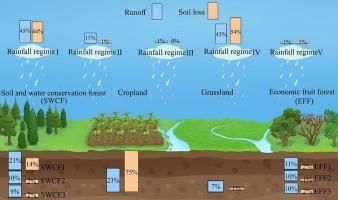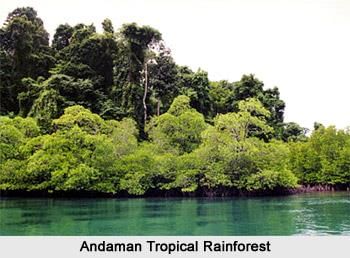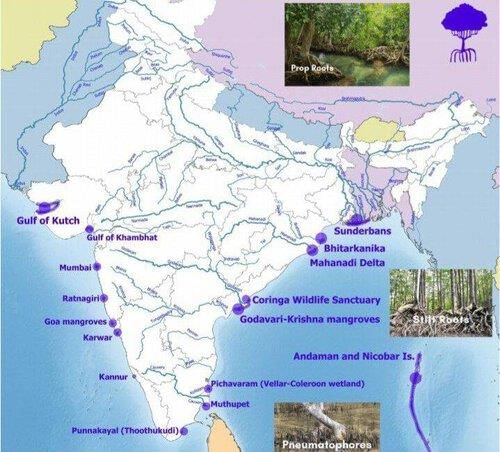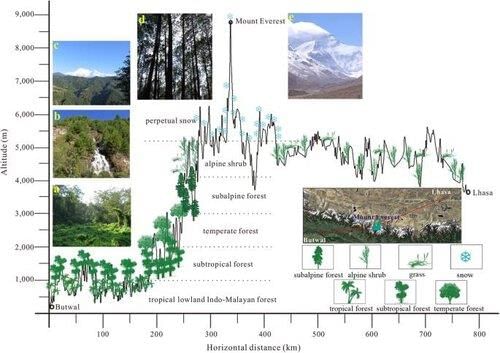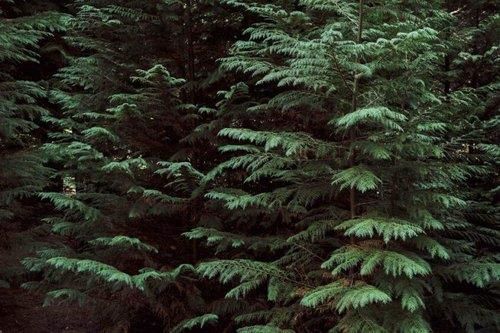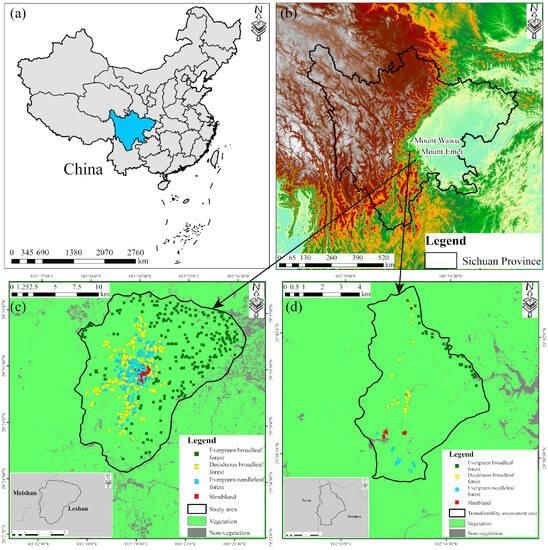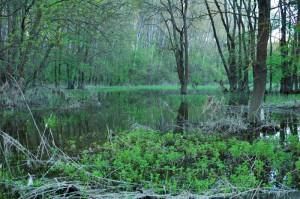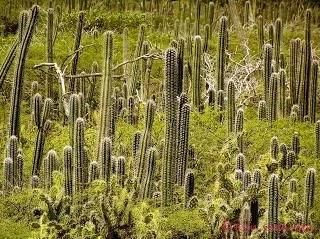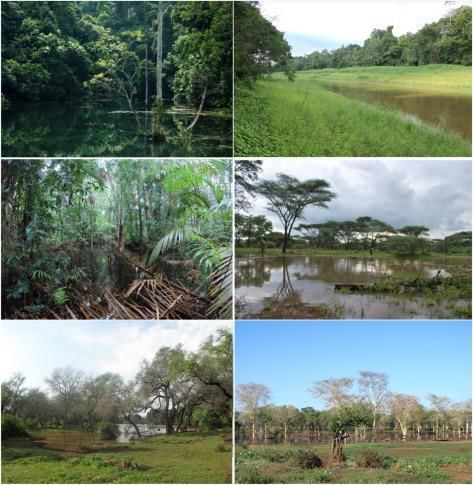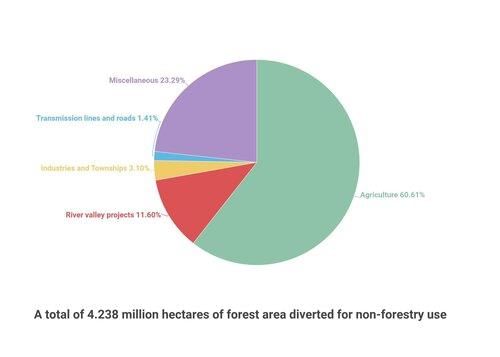|
Natural vegetation is defined as a plant community that has been left undisturbed over a long time to allow species to adjust to ___ and ___ conditions. |
Card: 1 / 42 |
|
True or False: The desert areas of Rajasthan are primarily characterized by tropical rain forests. |
Card: 3 / 42 |
|
False. The desert areas of Rajasthan are known for cacti, bushes, and thorny vegetation. 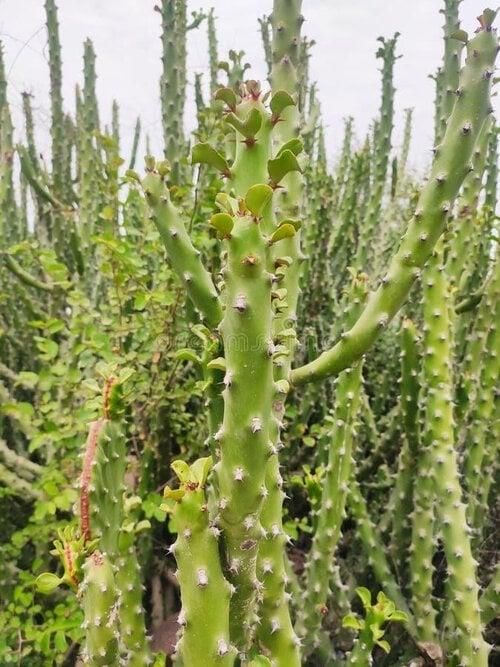 |
Card: 4 / 42 |
|
Fill in the blank: The Western and Eastern Ghats and the Andaman Nicobar Islands are known for their ___ forests. |
Card: 5 / 42 |
|
True or False: The deltaic regions of India are primarily covered by coniferous forests. |
Card: 7 / 42 |
|
Fill in the blank: Himalayan heights display different types of vegetation according to ___ . |
Card: 9 / 42 |
|
What are the main features used to classify Indian forests into various groups? |
Card: 11 / 42 |
|
Indian forests are classified based on predominant vegetation type and climatic regions.  |
Card: 12 / 42 |
|
Tropical evergreen forests are characterized by a constant green appearance due to ___ and ___ of trees throughout the year. |
Card: 13 / 42 |
|
True or False: Tropical deciduous forests are primarily found in regions receiving less than 70 cm of rainfall. |
Card: 15 / 42 |
|
False. Tropical deciduous forests are found in regions receiving between 70-200 cm of rainfall. 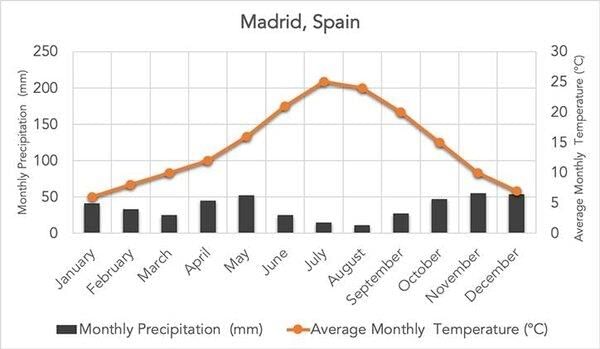 |
Card: 16 / 42 |
|
Fill in the blank: Montane forests are classified into ___ and ___ mountain forests based on their geographical location. |
Card: 19 / 42 |
|
Short answer: What type of vegetation is predominant in tropical thorn forests? |
Card: 21 / 42 |
 Unlock all Flashcards with EduRev Infinity Plan Starting from @ ₹99 only
|
|
Grasses and shrubs, with plants often remaining leafless for much of the year. 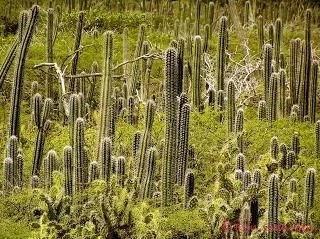 |
Card: 22 / 42 |
|
True or False: Littoral and swamp forests cover approximately 70% of India's wetland area used for paddy cultivation. |
Card: 23 / 42 |
|
Fill in the blank: The main species in tropical thorn forests include ___ and ___. |
Card: 25 / 42 |
|
Choose the correct answer: Which type of forest is widespread in India and also known as monsoon forests? A) Tropical Evergreen B) Tropical Deciduous C) Littoral |
Card: 27 / 42 |
|
The mangrove forests in India cover approximately ___ sq. km, accounting for ___ percent of the world's mangrove forests. |
Card: 29 / 42 |
|
Fill in the blank: The delta wetlands and lagoons of India's east coast include ___ Lake. |
Card: 31 / 42 |
|
True or False: The vast saline expanses of Rajasthan and Gujarat are important for freshwater biodiversity. |
Card: 35 / 42 |
|
Fill in the blank: The floodplains of the ___ river are known for their marshes and swamps in northeast India. |
Card: 37 / 42 |
|
Short Answer: What is the significance of the freshwater lakes and reservoirs from Gujarat eastward through Rajasthan? |
Card: 39 / 42 |
|
They provide critical habitats for diverse wildlife and are essential for water supply. 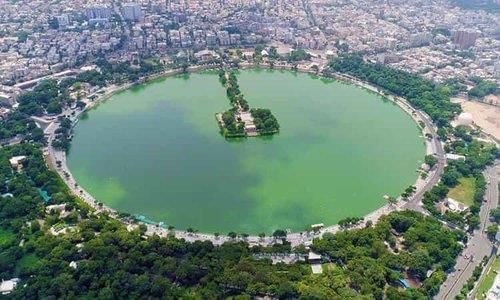 |
Card: 40 / 42 |
|
The main objective of the Government of India's forest policy is to bring ___ of the geographical areas under forest cover. |
Card: 41 / 42 |





